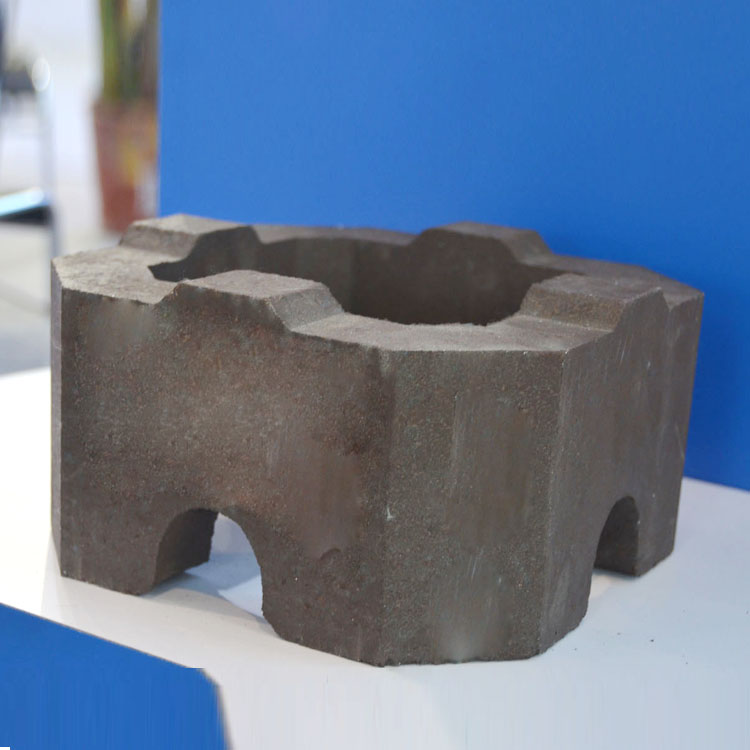.jpg?x-oss-process=image/resize,h_1000,m_lfit/format,webp)
Refractory materials play a crucial role in industrial production. They are used in various high - temperature applications such as steelmaking, cement production, and glass manufacturing. In the 20th century, traditional magnesia - chrome bricks were widely used, but they faced a series of problems that limited their performance.
Traditional magnesia - chrome bricks can be divided into different types, among which unburned magnesia - chrome bricks are a common type. Unburned magnesia - chrome bricks are made by mixing magnesia and chrome ore with a binder and then pressing them into shape without high - temperature firing. While they are relatively easy to produce and have certain corrosion resistance, their high - temperature strength is relatively poor. Studies have shown that at temperatures above 1200°C, the strength of unburned magnesia - chrome bricks can decrease by about 30% compared to their room - temperature strength, which is a significant drawback in high - temperature industrial environments.
.jpg)
In response to the problems of traditional magnesia - chrome bricks, researchers began to develop new types of refractory materials. The development of direct - bonded magnesia - chrome bricks was a long - term and arduous process. Scientists experimented with different raw materials, particle sizes, and firing processes. After numerous attempts, they found that by using high - purity magnesia and chrome ore and firing them at high temperatures (usually above 1600°C), the direct bonding between magnesia and chrome ore crystals could be achieved, which led to the birth of direct - bonded magnesia - chrome bricks.
Compared with traditional magnesia - chrome bricks, direct - bonded magnesia - chrome bricks have significant advantages. In terms of high - temperature strength, direct - bonded magnesia - chrome bricks can maintain more than 80% of their room - temperature strength at 1600°C. Their corrosion resistance is also much better. For example, in the steelmaking process, the service life of direct - bonded magnesia - chrome bricks in the converter lining can be extended by about 30% compared to traditional magnesia - chrome bricks.
.jpg)
The emergence of direct - bonded magnesia - chrome bricks has had a profound impact on the refractory industry. It has improved the quality and performance of refractory materials, reduced the frequency of replacement of refractory materials in industrial production, and thus increased production efficiency and reduced production costs. For example, in a large - scale steel plant, after using direct - bonded magnesia - chrome bricks, the annual maintenance cost of the furnace lining has been reduced by about 20%.
In conclusion, direct - bonded magnesia - chrome bricks are an innovative product in the 20th - century refractory industry. Their excellent high - temperature strength, corrosion resistance, and long service life make them have broad application prospects in various high - temperature industrial fields. As the demand for high - performance refractory materials continues to increase, direct - bonded magnesia - chrome bricks will surely play a more important role.

If you are looking for high - performance refractory materials for your industrial production, direct - bonded magnesia - chrome bricks are your ideal choice. Contact us now to learn more about our direct - bonded magnesia - chrome bricks and how they can enhance your production efficiency and reduce costs.

